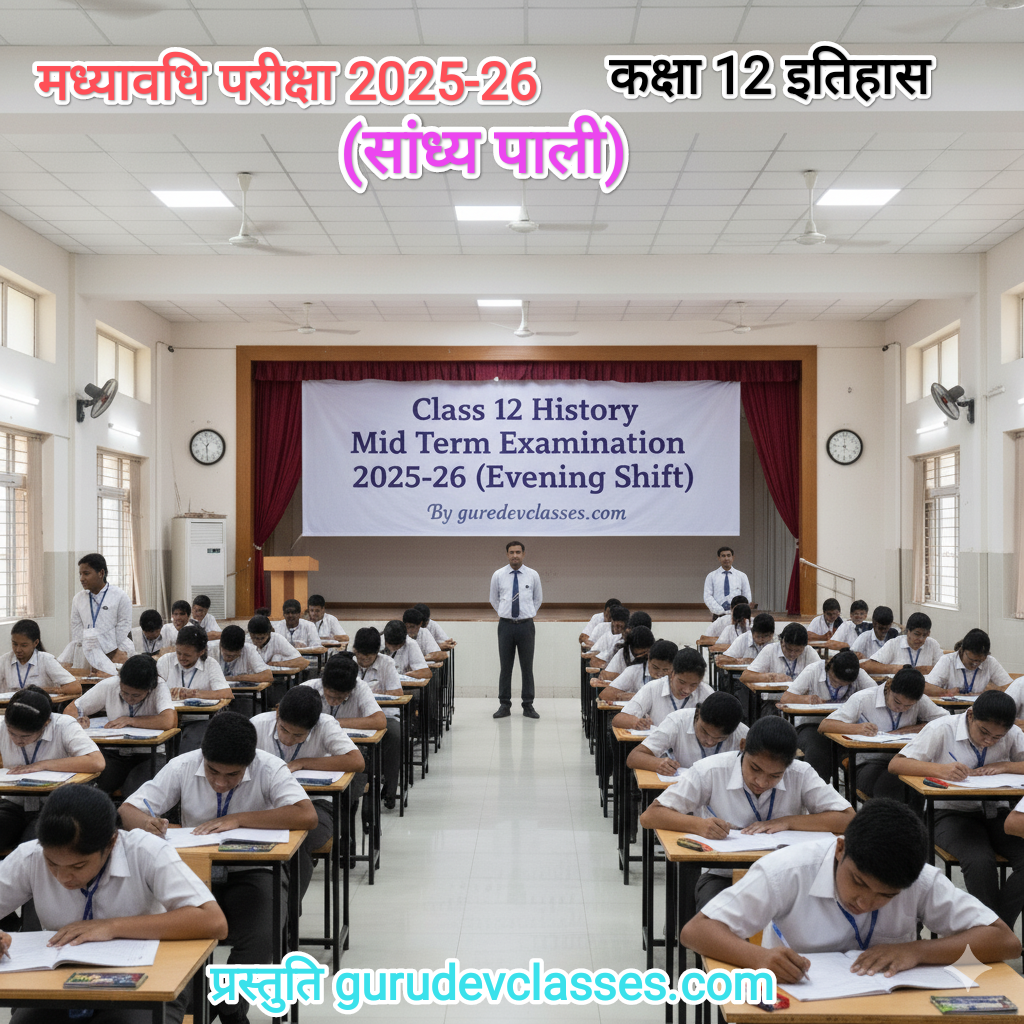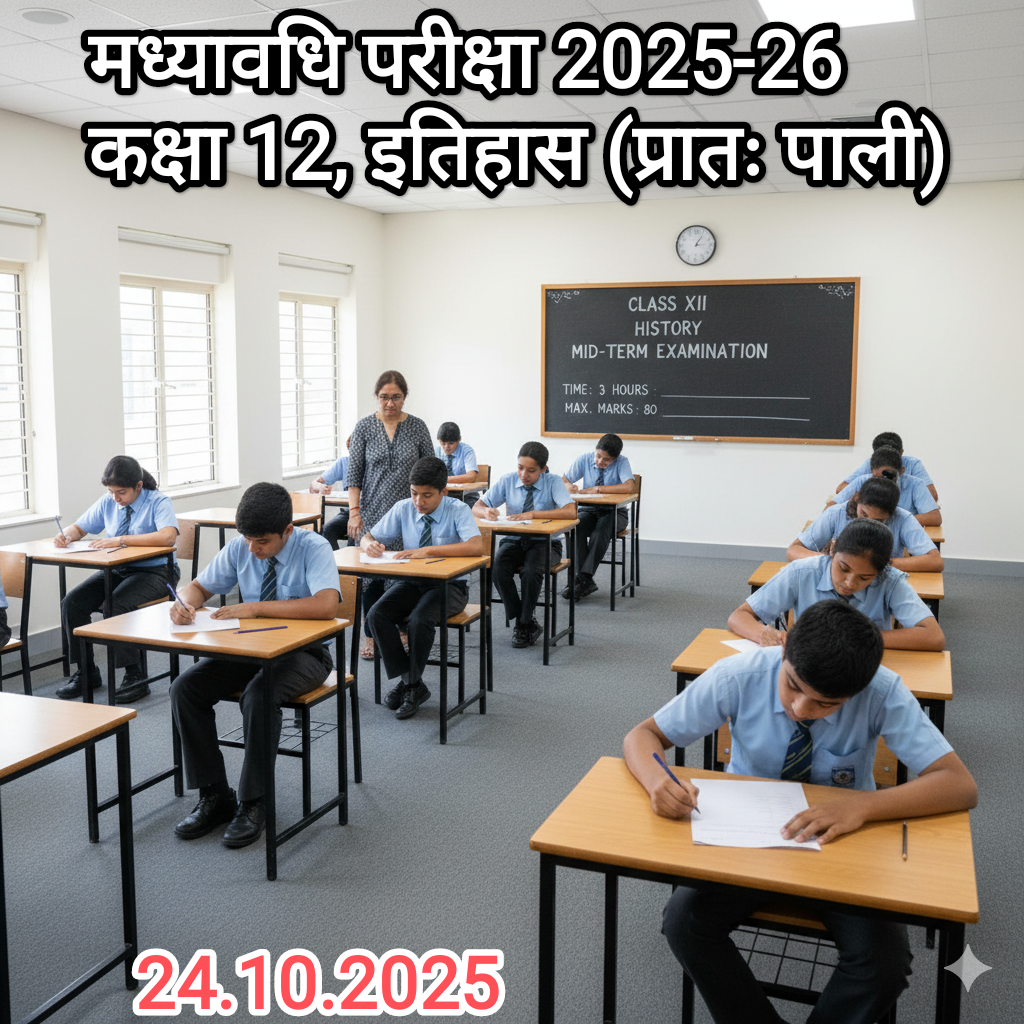Other Expected Questions from NCERT Sources
Answers written as per CBSE standards
Each question includes a source, 3–4 questions, and complete CBSE-style answers
- Source: Al-Biruni on the Caste System
“The highest caste are the Brahmana, of whom the book says that they were created from the head of Brahma… After them, the Kshatriya, created from the shoulders and hands of Brahma. The Vaishya were created from the thigh, and the Shudra from his feet. Among the Hindus, each caste had its own rules about food and touch. The Shudras were considered so low that it was not proper to speak to them.”
Questions:
(a) What is the main theme of this passage?
(b) How does Al-Biruni describe the caste system?
(c) What was his attitude towards untouchability?
(d) Why is his account considered important?
Answers:
(a) The passage highlights Al-Biruni’s observations on the Varna and caste system in India.
(b) He describes a four-tiered hierarchy (Brahmana, Kshatriya, Vaishya, Shudra), based on Brahmanical texts.
(c) Al-Biruni criticized the notion of untouchability and believed it caused unjust social discrimination.
(d) His work is significant because it provides an outsider’s scholarly perspective, comparing Indian ideas with other civilizations.
- Source: Ibn Battuta on Indian Cities (CBSE 2012)
“The cities are large and densely populated… The bazaars are full of rich merchants. The houses are built of stone and mortar, beautifully designed… and crowded with people. There are separate markets for each kind of article, such as cloth, spices, vegetables, etc. Each craft or trade has a special street.”
Questions:
(a) Which cities did Ibn Battuta describe?
(b) What do we learn about Indian urban life from his account?
(c) How did Ibn Battuta find Indian markets?
(d) Why are his writings historically useful?
Answers:
(a) Ibn Battuta described cities like Delhi, Daulatabad, and Calicut.
(b) His account shows Indian cities were densely populated, economically active, and well-planned.
(c) He admired organized bazaars, with different streets for specialized crafts and commodities.
(d) His writings provide first-hand descriptions of 14th-century India and help us understand urban life and trade.
- Source: Bernier on Land Ownership in India (CBSE 2015, 2020)
“There is no private property in land. The emperor is the sole owner of all land. This discourages nobles and peasants from improving agriculture. Since the king could dispossess them anytime, they had no long-term interest in the land. This results in decline and poverty.”
Questions:
(a) What system of land ownership is Bernier describing?
(b) How did it affect peasants and nobles?
(c) What was Bernier’s view on this system?
(d) How do modern historians respond to Bernier’s view?
Answers:
(a) He describes the crown ownership system under the Mughal Empire.
(b) It made nobles insecure and peasants reluctant to invest in land improvement.
(c) Bernier believed it caused agricultural decline and poverty.
(d) Modern historians argue that zamindars and peasants often had stable land rights, and his account was biased by European ideas.
- Source: Bernier on Indian Society (CBSE 2011)
“In India, there is no middle class. There are only the rich and the poor. The poor are numerous, miserable, and oppressed. The rich live in luxury. The women are confined, ignorant, and treated as inferior.”
Questions:
(a) What social groups does Bernier mention?
(b) How does he describe the condition of the poor?
(c) What are his views on Indian women?
(d) How does this reflect his Eurocentric outlook?
Answers:
(a) He mentions only two classes: rich nobles and poor masses.
(b) He says the poor were numerous, suffering, and exploited.
(c) He viewed women as confined, uneducated, and treated unfairly.
(d) His views reflect European superiority, overlooking India’s social diversity and cultural complexity.
- Source: Ibn Battuta on Slavery and Women (Expected)
“Female slaves were numerous in the household. They were used for various domestic tasks. In markets, women could be seen buying and selling goods. Women appeared to enjoy some economic roles.”
Questions:
(a) What role did female slaves have in households?
(b) How were women involved in market activities?
(c) What does this tell us about women’s public roles?
(d) How reliable is Ibn Battuta’s observation?
Answers:
(a) Female slaves worked as domestic servants, cooks, or entertainers.
(b) Women were seen buying, selling, and managing small businesses.
(c) It shows that women had a limited but visible role in public economic life.
(d) His observation is useful but limited to urban, elite society.
- Source: Al-Biruni on Religious Exclusivity (Expected)
“The Hindus do not wish to be seen in the company of Muslims, and they do not share their food or customs. They have their own rituals, and they regard their own ways as superior.”
Questions:
(a) What did Al-Biruni say about Hindu-Muslim interaction?
(b) Why was there a cultural gap?
(c) How did language impact this gap?
(d) What was Al-Biruni’s attitude toward Hindu customs?
Answers:
(a) He noted limited social interaction and ritual separation between Hindus and Muslims.
(b) The gap was due to religious practices, pride, and mutual prejudice.
(c) Sanskrit and Arabic were different languages, limiting dialogue.
(d) He tried to be objective, but still saw Hindu exclusivity as a barrier.
Previous 15 Years’ CBSE Board Questions
Other Expected Questions from NCERT Sources
Answers written as per CBSE standards
Chapter 5: Through the Eyes of Travellers
Source-Based Questions (4 Marks Each)
Each question includes a source, 3–4 questions, and complete CBSE-style answers
- Source: Al-Biruni on the Caste System
“The highest caste are the Brahmana, of whom the book says that they were created from the head of Brahma… After them, the Kshatriya, created from the shoulders and hands of Brahma. The Vaishya were created from the thigh, and the Shudra from his feet. Among the Hindus, each caste had its own rules about food and touch. The Shudras were considered so low that it was not proper to speak to them.”
Questions:
(a) What is the main theme of this passage?
(b) How does Al-Biruni describe the caste system?
(c) What was his attitude towards untouchability?
(d) Why is his account considered important?
Answers:
(a) The passage highlights Al-Biruni’s observations on the Varna and caste system in India.
(b) He describes a four-tiered hierarchy (Brahmana, Kshatriya, Vaishya, Shudra), based on Brahmanical texts.
(c) Al-Biruni criticized the notion of untouchability and believed it caused unjust social discrimination.
(d) His work is significant because it provides an outsider’s scholarly perspective, comparing Indian ideas with other civilizations.
- Source: Ibn Battuta on Indian Cities (CBSE 2012)
“The cities are large and densely populated… The bazaars are full of rich merchants. The houses are built of stone and mortar, beautifully designed… and crowded with people. There are separate markets for each kind of article, such as cloth, spices, vegetables, etc. Each craft or trade has a special street.”
Questions:
(a) Which cities did Ibn Battuta describe?
(b) What do we learn about Indian urban life from his account?
(c) How did Ibn Battuta find Indian markets?
(d) Why are his writings historically useful?
Answers:
(a) Ibn Battuta described cities like Delhi, Daulatabad, and Calicut.
(b) His account shows Indian cities were densely populated, economically active, and well-planned.
(c) He admired organized bazaars, with different streets for specialized crafts and commodities.
(d) His writings provide first-hand descriptions of 14th-century India and help us understand urban life and trade.
- Source: Bernier on Land Ownership in India (CBSE 2015, 2020)
“There is no private property in land. The emperor is the sole owner of all land. This discourages nobles and peasants from improving agriculture. Since the king could dispossess them anytime, they had no long-term interest in the land. This results in decline and poverty.”
Questions:
(a) What system of land ownership is Bernier describing?
(b) How did it affect peasants and nobles?
(c) What was Bernier’s view on this system?
(d) How do modern historians respond to Bernier’s view?
Answers:
(a) He describes the crown ownership system under the Mughal Empire.
(b) It made nobles insecure and peasants reluctant to invest in land improvement.
(c) Bernier believed it caused agricultural decline and poverty.
(d) Modern historians argue that zamindars and peasants often had stable land rights, and his account was biased by European ideas.
- Source: Bernier on Indian Society (CBSE 2011)
“In India, there is no middle class. There are only the rich and the poor. The poor are numerous, miserable, and oppressed. The rich live in luxury. The women are confined, ignorant, and treated as inferior.”
Questions:
(a) What social groups does Bernier mention?
(b) How does he describe the condition of the poor?
(c) What are his views on Indian women?
(d) How does this reflect his Eurocentric outlook?
Answers:
(a) He mentions only two classes: rich nobles and poor masses.
(b) He says the poor were numerous, suffering, and exploited.
(c) He viewed women as confined, uneducated, and treated unfairly.
(d) His views reflect European superiority, overlooking India’s social diversity and cultural complexity.
- Source: Ibn Battuta on Slavery and Women (Expected)
“Female slaves were numerous in the household. They were used for various domestic tasks. In markets, women could be seen buying and selling goods. Women appeared to enjoy some economic roles.”
Questions:
(a) What role did female slaves have in households?
(b) How were women involved in market activities?
(c) What does this tell us about women’s public roles?
(d) How reliable is Ibn Battuta’s observation?
Answers:
(a) Female slaves worked as domestic servants, cooks, or entertainers.
(b) Women were seen buying, selling, and managing small businesses.
(c) It shows that women had a limited but visible role in public economic life.
(d) His observation is useful but limited to urban, elite society.
- Source: Al-Biruni on Religious Exclusivity (Expected)
“The Hindus do not wish to be seen in the company of Muslims, and they do not share their food or customs. They have their own rituals, and they regard their own ways as superior.”
Questions:
(a) What did Al-Biruni say about Hindu-Muslim interaction?
(b) Why was there a cultural gap?
(c) How did language impact this gap?
(d) What was Al-Biruni’s attitude toward Hindu customs?
Answers:
(a) He noted limited social interaction and ritual separation between Hindus and Muslims.
(b) The gap was due to religious practices, pride, and mutual prejudice.
(c) Sanskrit and Arabic were different languages, limiting dialogue.
(d) He tried to be objective, but still saw Hindu exclusivity as a barrier.







